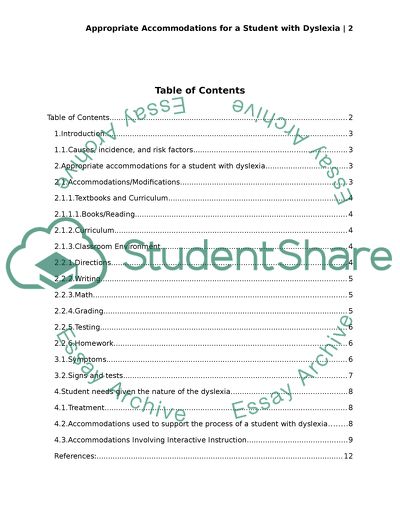Cite this document
(“Dyslexia Essay Example | Topics and Well Written Essays - 1500 words”, n.d.)
Retrieved from https://studentshare.org/education/1585664-dyslexia
Retrieved from https://studentshare.org/education/1585664-dyslexia
(Dyslexia Essay Example | Topics and Well Written Essays - 1500 Words)
https://studentshare.org/education/1585664-dyslexia.
https://studentshare.org/education/1585664-dyslexia.
“Dyslexia Essay Example | Topics and Well Written Essays - 1500 Words”, n.d. https://studentshare.org/education/1585664-dyslexia.


